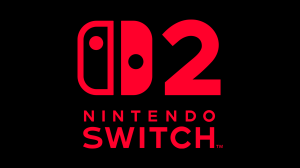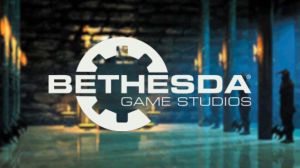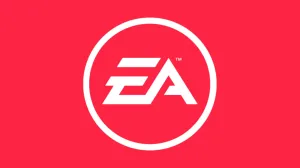Similar to previous Starter Decks, Disney Lorcana’s two new Starter Decks offer players an easy entry points into some of the likely deck archetypes that will be prominent in the new expansion. Later this month, Ravensburger will release Into the Inklands, a new expansion for Disney Lorcana that continues to build out the popular card game. This new set will introduce Locations, a new kind of card that provides a steady stream of Lore for players along with the potential for passive buffs and other interactions with Character cards. It’s no surprise, then, that the two newest Starter Decks for Disney Lorcana both feature location cards as part of their builds. However – both decks showcase how Locations can accentuate play rather than serve as the focal point, choosing instead to focus on some other synergies that could become a major part of Lorcana’s metagame as it enters its third phase.
Videos by ComicBook.com
The Amber/Emerald deck plays heavily on the familiar Amber archetype of overwhelming an opponent by sheer volume. Several of the new cards introduced in the deck, like Pluto – Good Dog and Lucky – The 13th Puppy, are designed specifically to give you a numbers’ advantage. Pluto – Good Dog can be played on round 1 and can be called upon to lower the cost of other characters coming into play. Meanwhile, Lucky – The 13th Puppy has an ability to draw cheap character cards from a deck and boost the lore of other characters when 4 or more characters are in play. While the Amber/Emerald deck has Location cards, both are purely passive and provide no real strong benefit other than consistently creating lore at the start of a turn. Their value comes instead in that several of the Emerald decks (including the Peter Pan – Lost Boy Leader) have abilities that trigger upon moving to a location. More importantly, the deck instead opts to showoff the foundation of a dog-focused deck, which could be potent should Disney Lorcana ever adopt a stronger metagame around “tribal” aspects.
The Ruby/Sapphire deck, on the other hand, is focused on board control and strong challenges. The deck isn’t focused on a singular identity but instead features a variety of smaller interactions between cards. There’s synergies between the Louie, Huey, and Dewie cards, the Heihei, Maui, and Maui’s Fish Hook card, and of course a few cards that interact well with locations. Of particular note is that the deck’s emphasis on Reckless cards and challenging means that players will need to rely a bit more heavily on Locations to generate consistent lore and keep characters that do quest alive. For instance, the valuable Vault Door card provides characters at locations with Resist +1, which can potentially protect cards like the duck triplets or Simba – Scrappy Cub (a new card with a cost of 2 that generates 3 Lore per quest) alive a bit longer. This deck will require a bit more understanding to fully “unlock,” simply because the strategy behind the deck isn’t as immediately obvious as some of the other Starter decks released by Ravensburger. In a lot of ways, it reminds me of the Ruby/Emerald deck that was released when Lorcana launched – it was a flexible deck that didn’t have a singular theme other than being aggressive and disruptive.
As with past Starter Decks, these new Into the Inklands decks have a few flaws to them. Both have limited draw options (meaning that top decking is more likely as a game progresses) and are a little too unfocused to really compete with a deck that uses cards from the wider Disney Lorcana pool. However, I do think these decks provide another valuable entry point for Disney Lorcana players and more importantly help to establish the new Locations cards as a potent new tool in the game.
Disney Lorcana: Into the Inklands product will hit game stores on February 23rd and will hit mass retailers on March 8th. Review copies of both Starter decks were provided by Ravensburger NA.








